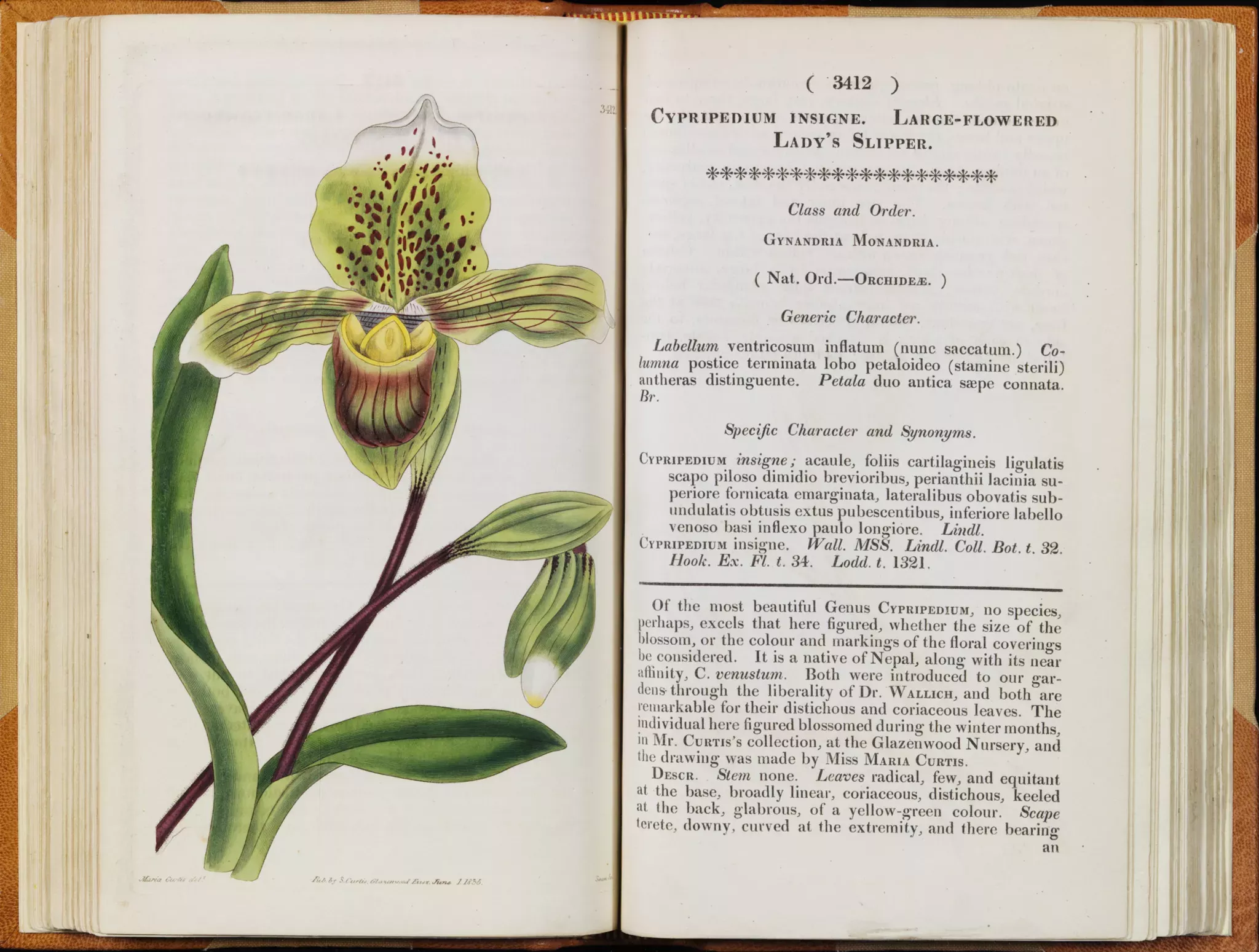18 May 2018
The botanical eye
On World Botanical Art Day (18 May 2018) we celebrate the achievements of all botanical illustrators, and commend those freelance artists who work at Kew and contribute to its associated scientific publications and monographs.

Visual documentation
A team of highly skilled illustrators work alongside Kew's scientists to produce analytical illustrations that visually describe the pertinent characteristics of the plant or fungus they depict. They bring a diverse range of experience, but all have cultivated an unrivalled observational eye and skill for scientific exactitude. These illustrators continue in the long tradition of visual documentation at Kew which began with artists such as Franz Bauer (1758–1840) – employed by Sir Joseph Banks as a botanic painter to George III. The approach to documenting the plant has changed little since this time but with advances in microscopy illustrators have been able to inspect and describe the botanical subject in even greater detail.
Strict standards
Illustrations are either rendered as black and white line drawings or works in watercolour. In all cases they conform to strict standards in order to accurately reflect the size and details of their subject. It is testament to the skill of the illustrator that specimens, often awkward in size and shape, can be visualized in two dimensions on paper. Illustrations are made from living or preserved specimens and complement these collections; being a record that not only has a clarity of description but is less prone to pest damage than the tastier living or dried plant.

But surely photographs are better?
A question often levelled at illustrators is why photography has not usurped this medium. In fact, while the photograph can also be an important record, it is less able to isolate its subject from extraneous background detail, describe each part of the plant with the same clarity and, except in the case of a composite photograph, can't show the plant through each stage of its lifecycle (from flowering to fruiting).
Accessioned to the collection for posterity
As well as providing scientifically accurate records, many botanical illustrations describe plants and fungi new to science. On publication the majority of these illustrations are accessioned to the collection at Kew so that they are kept for posterity as a record that can be called upon by scientists and other researchers.

Botanical artists at Kew
Created as a scientific record, illustrations are often artfully composed and drawn so that they also reveal the aesthetic beauty of their botanical subject. The skill of botanical illustrators ensures a great knowledge base and Kew highly commends those artists that work in this discipline and across the field.
With thanks to the illustrators at Kew who gave advice on their practice.
- Julia Buckley -
Information Assistant – Illustrations


